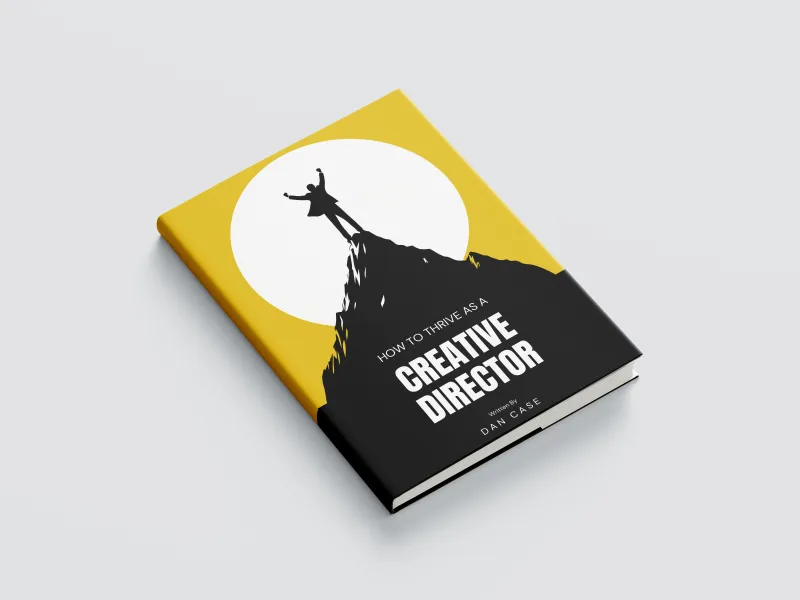

How to Thrive as a Creative Director
$4.00
$12.0067% offQuantity
This insightful book provides a fresh perspective on balancing creative leadership with personal wellbeing. Rather than pursuing the elusive concept of "work-life balance," the author reframes the conversation around "work-life optimization" - a more realistic and sustainable approach for creative professionals.
Key Valuable Learnings:
Reframing Balance as Optimization
The book challenges the traditional view of work-life balance as an equal scale, recognizing that perfect equilibrium is impossible. Instead, it encourages intentional decision-making about where your attention belongs in each moment based on current priorities and seasons of life.
Strategic Refusal
Learning to say "no" effectively is presented as a crucial skill for creative directors. The author emphasizes offering alternatives rather than flat rejections: "I understand the client needs this quickly. Given my current commitments, I can deliver X by tomorrow morning, or the complete version by Thursday. Which would better serve the client's needs?"
The Presence Principle
Quality of engagement matters more than quantity of time. Ten distracted hours with family while mentally rehearsing work presentations aren't as valuable as two hours of complete engagement. The book provides practical strategies for creating transition rituals and establishing tech-free zones to maintain presence.
Eliminating Excess
The author guides readers to identify what they do "too much" - whether it's working too much, checking email too much, or other excessive behaviors that begin as coping mechanisms but eventually become problems themselves.
Whole-Person Leadership
The book emphasizes that creative leaders are more than their job titles, with mental, physical, and spiritual dimensions that all require attention. Research is cited showing that walking increases creative output by 60% and that even moderate sleep deprivation reduces cognitive performance by 25%.
Creating a Culture of Thriving
As a creative director, your approach sets the tone for your entire team. The book offers practical ways to model sustainable practices, normalize wellbeing discussions, celebrate boundaries, and design for flexibility.
Measuring Success Differently
Beyond awards and client rosters, the author encourages evaluating success through metrics like sustainability, integration, presence, growth, impact, and fulfillment.
The book's central message is powerful: your most important creation isn't a campaign, design, or even a successful team—it's your life. By applying the same creativity and intelligence that brought professional success to designing your life, you can achieve true integration where work and personal domains enrich each other.
